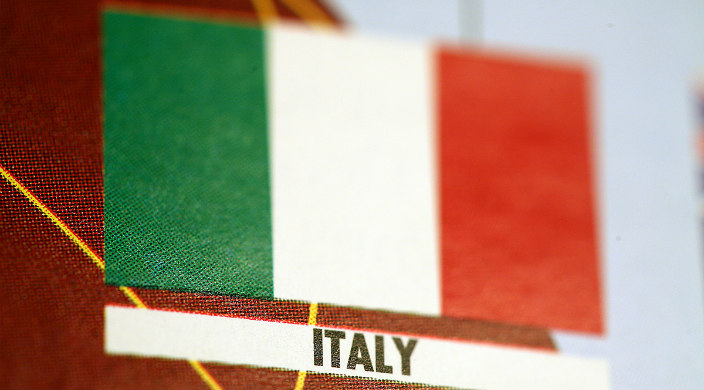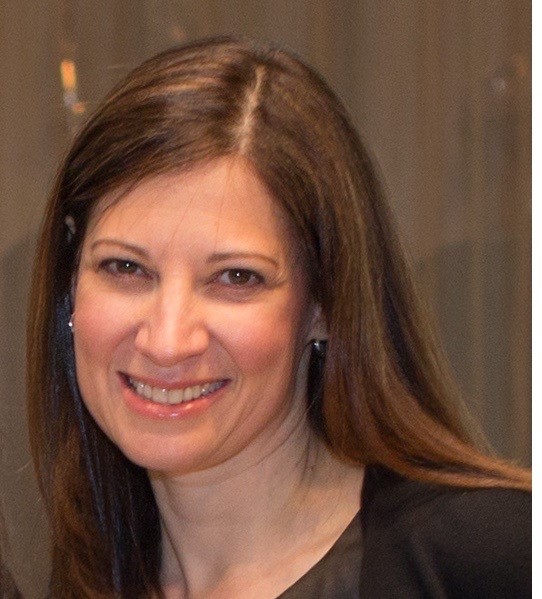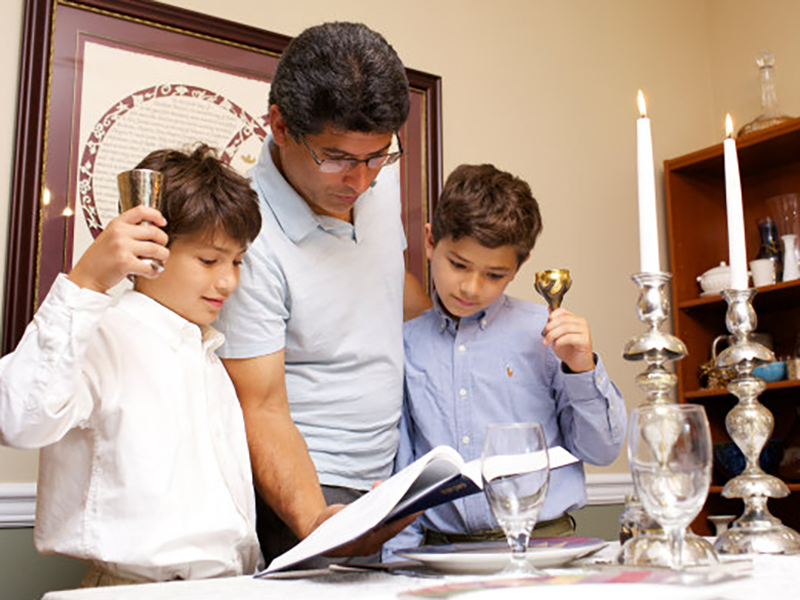
On Saturday afternoons during my childhood, my mother blared the Metropolitan Opera’s live broadcasts in stereo on every radio in our house. Although the Italian operas generally ended with a young, beautiful heroine succumbing to murder or a bout of tuberculosis, I particularly adored the colorful and tragic characters in these performances. To my young ears, the singers’ flowing Italian arias meshed with the formal Hebrew I knew from synagogue, creating a wonderful mash-up of cultures and languages.
Perhaps it was my family’s personal mash-up.
My dad’s olive skin and dark hair always raised suspicion that a dash of Italian genetic material might be part of our family’s DNA. In fact, whenever we’d dine in Italian restaurants, patrons and staff would speak warmly to my father in Italian, as though we were part of the famiglia.
Recently, a second cousin submitted saliva to a DNA service that tracks family lineage and was delighted to learn she likely is at least 10% Italian. Inspired by her results, I ordered a similar kit, spit into the test tube, and sent it off for analysis.
A few weeks later, I received an email telling me my results were in. I logged onto the site, excited to see them, as questions circled in my mind. What would my DNA reveal about me? Where did I fit in on a map of the world? Who were my ancestors? How many new relatives might I discover? How much of my DNA can be tracked to so-called Jewish roots?
My results confirmed what my fair skin, dark, curly hair and brown eyes have been hinting at for half a century: I am 97.7% Eastern European (Ashkenazi) Jewish with the small balance indicating eastern and northern European ancestry.
What? No Italian? Not even the tiniest speck?
Mamma mia! So much for my love of gelato, angel hair pasta, the Italian moms with whom I sit at Little League games, Sinatra, Vivaldi, and the concept of democratic republics.
The results also showed that I belong to the “maternal haplogroup” N1b2. Fewer than 10% of all Eastern European Jews derive from this subgroup. Its bloodline indicates ancient ancestry from the Near East or Levant, with individuals migrating upward toward the north Mediterranean nearly 2,000 years ago and then branching off into Ashkenazic Jewish lines and Italians.
Wait, did someone mention Italians?
In the internet research that naturally followed, I found this article, in which the author explains that the overwhelming majority of Eastern European Jews came from European stock that converted to Judaism thousands of years ago. However, the N1b2 group (numbering 30,000 to 50,000), which included my mother’s predecessors, was a bit older and probably landed on the Italian peninsula around the first millennium B.C.E. These ancestors later formed Ashkenazi communities with other Jews along the Rhine and then settled in Eastern Europe after they were expelled from Western Europe during the Middle Ages.
My tiny container of spit connected me to 1227 mostly distant and a few close relatives, five of whom I know personally. Even though none of my DNA seems to speak Italian, the fine print of the DNA website does point to a distinct 2,000-year-old connection between my mom’s ancestral line and that boot-shaped country on the Mediterranean.
Just as an individual doesn’t need to have a country in her blood to feel love or connection, neither does a Jewish individual need to have a maternal haplogroup indicating an ancient Semitic line. Nonetheless, this test confirmed that my children and I come from very old Jews, but unless I help them appreciate Judaism’s beauty and meaning, this legacy means nothing.
As far as my fascination with Italy’s food and music goes, although my family and I might look a bit Italian, the opposite never occurred to me: Perhaps Italians look a little bit like us!
Related Posts

Talking to Children About Jewish Identity in an Interfaith Family

9 Jewish Activities to Try When You’re at Home with Kids


